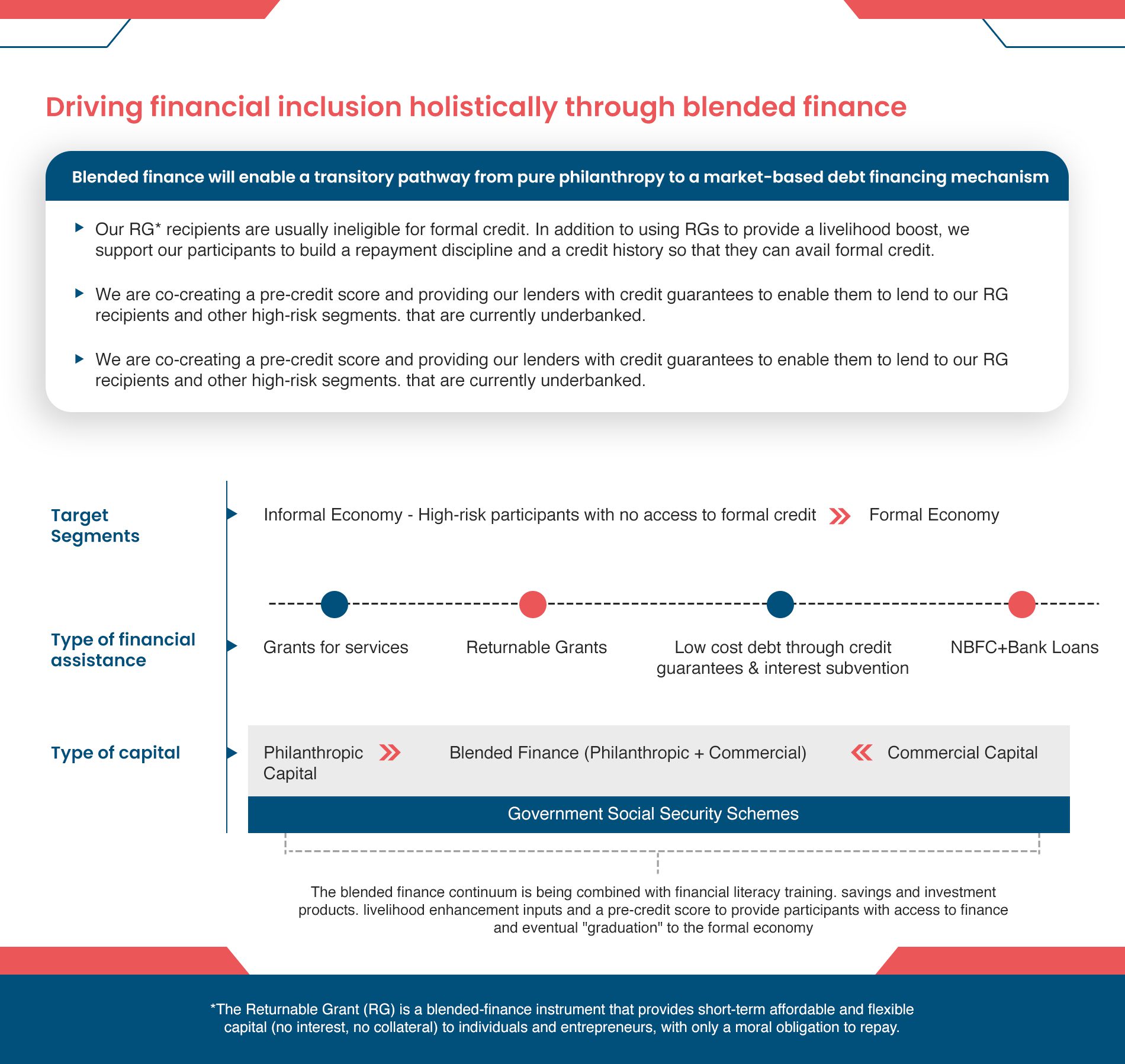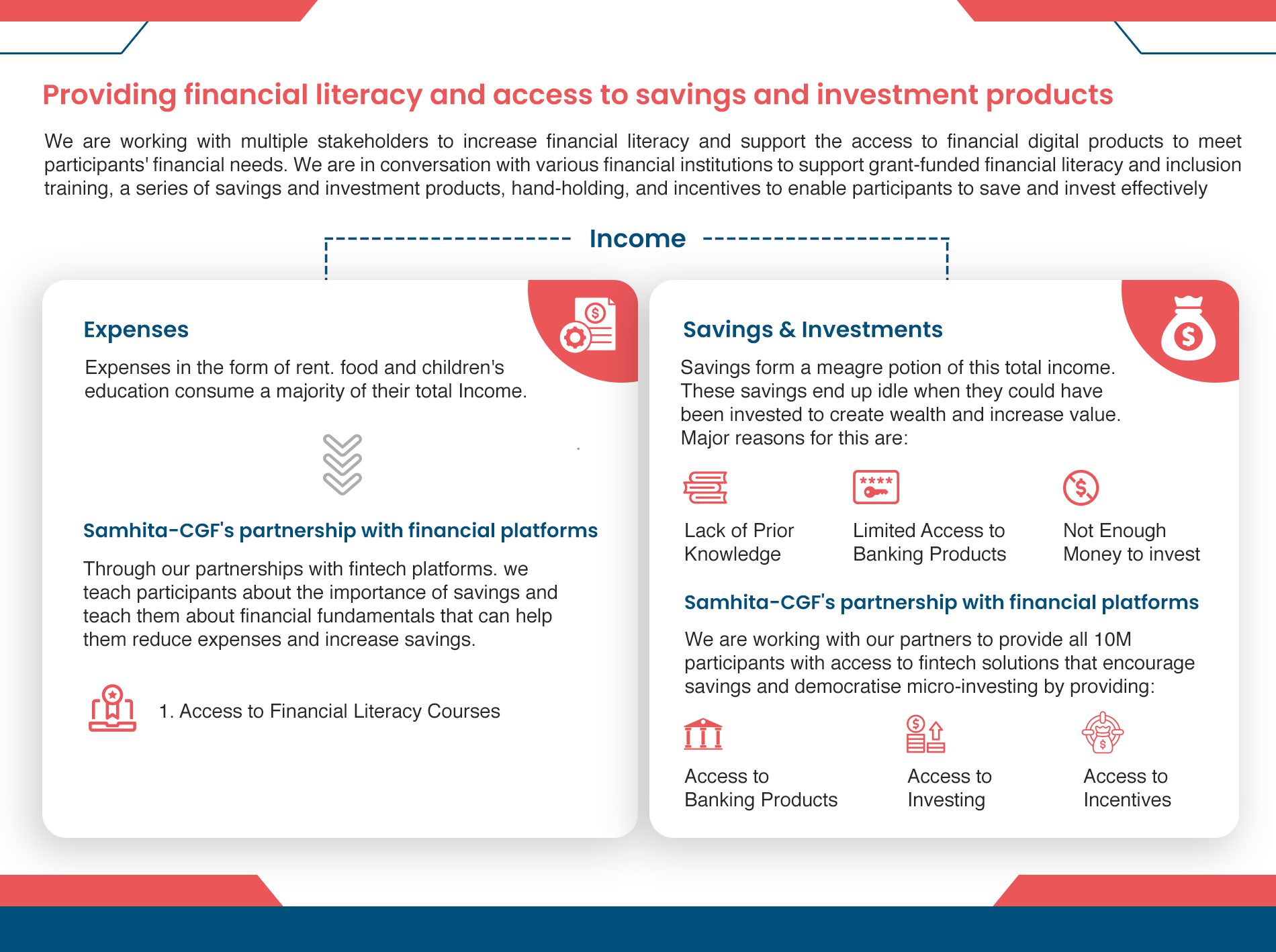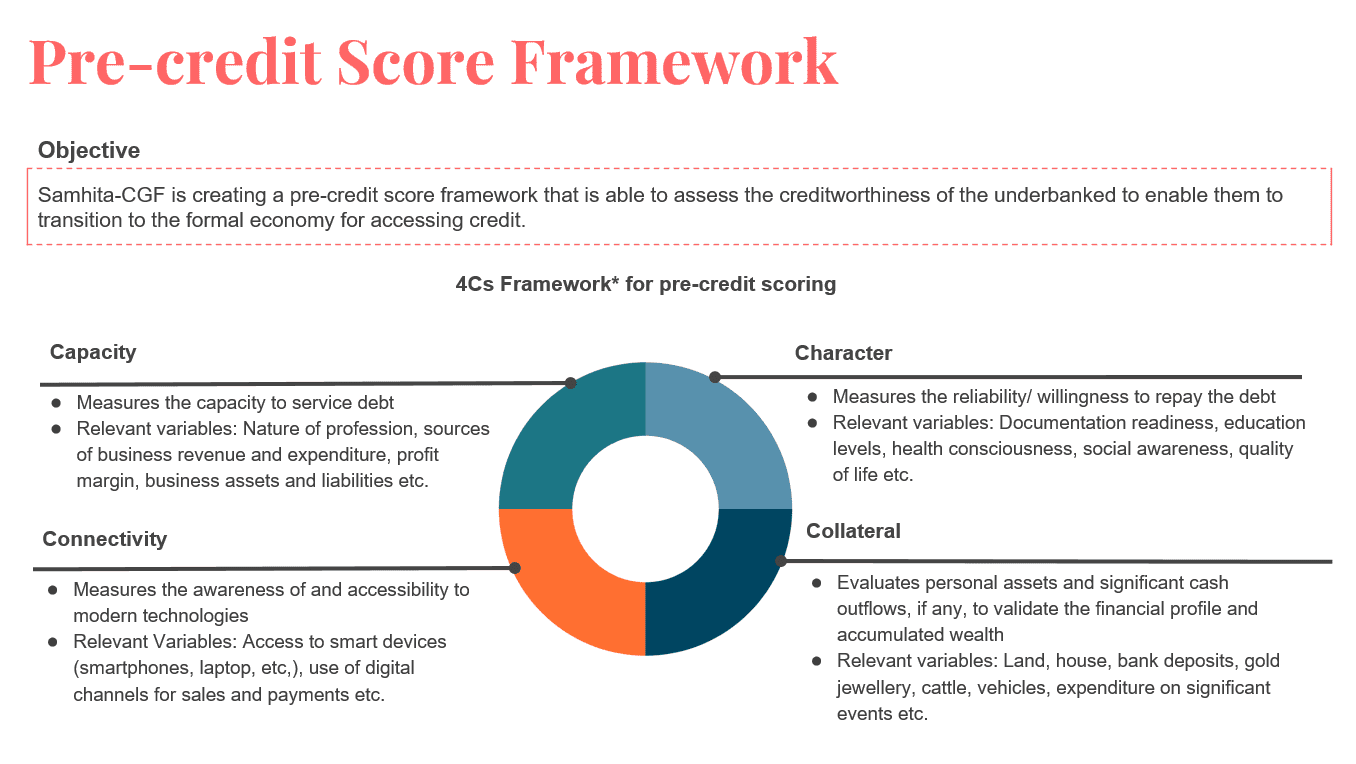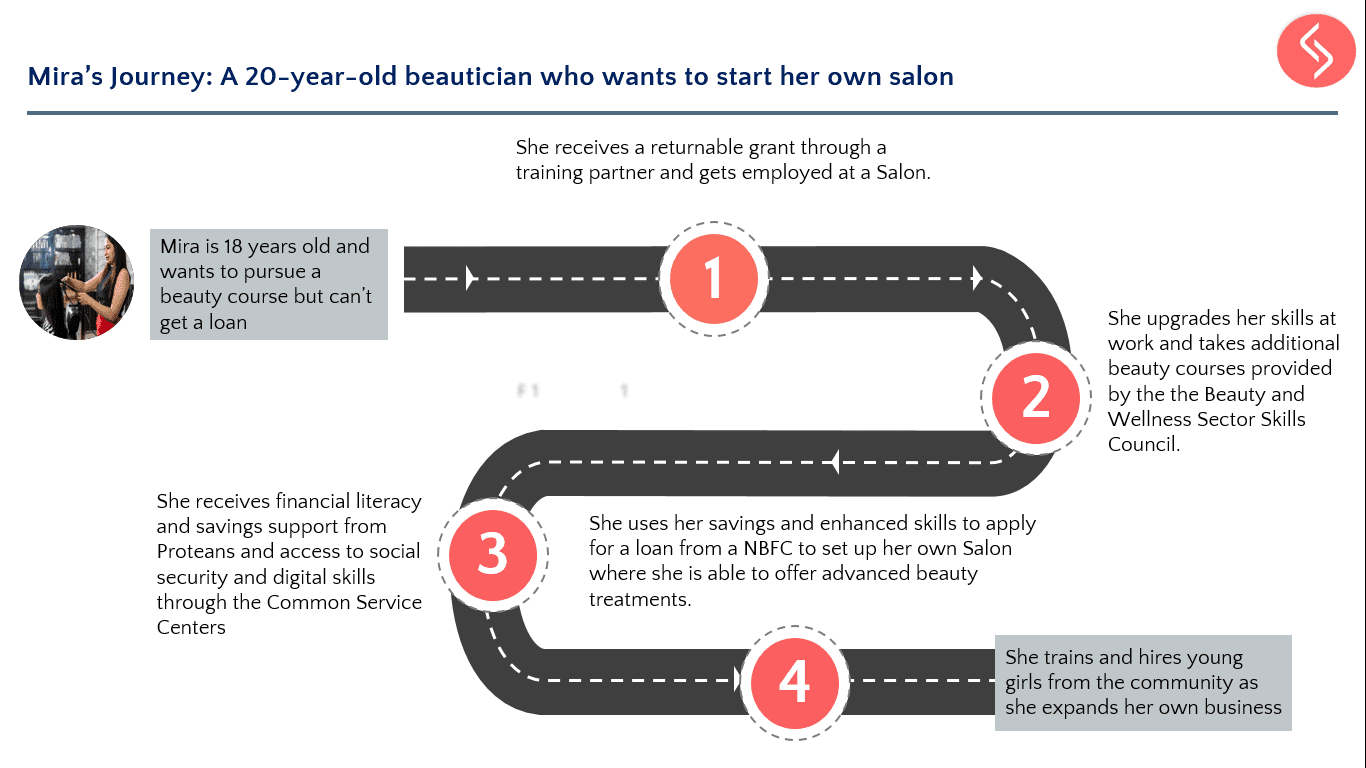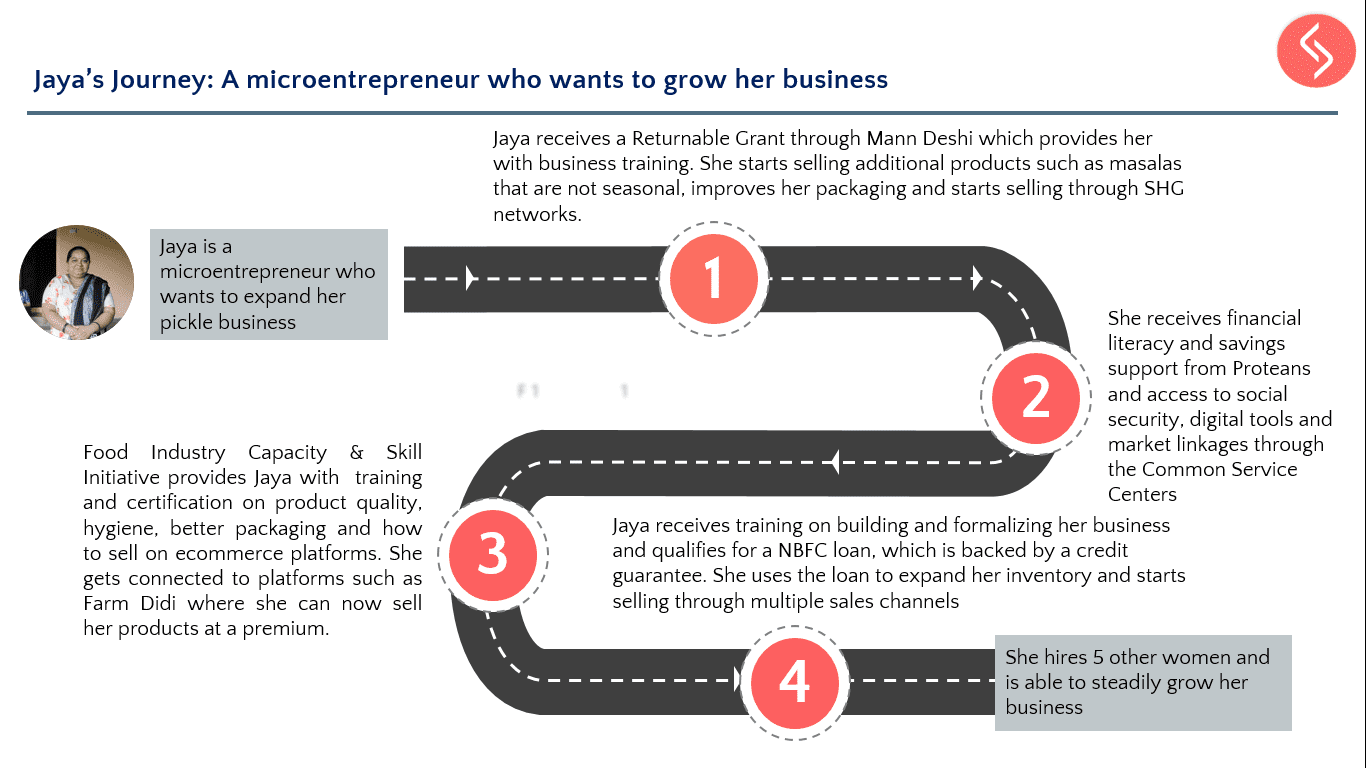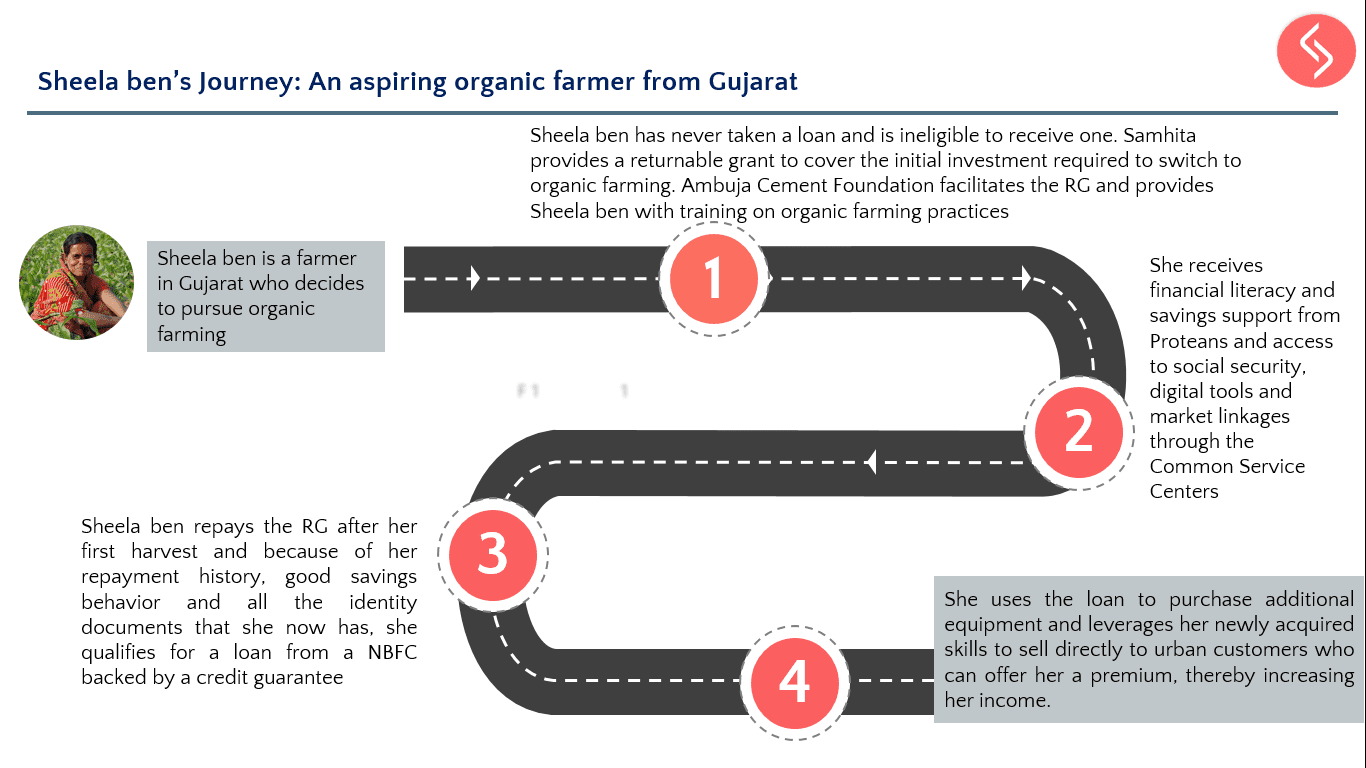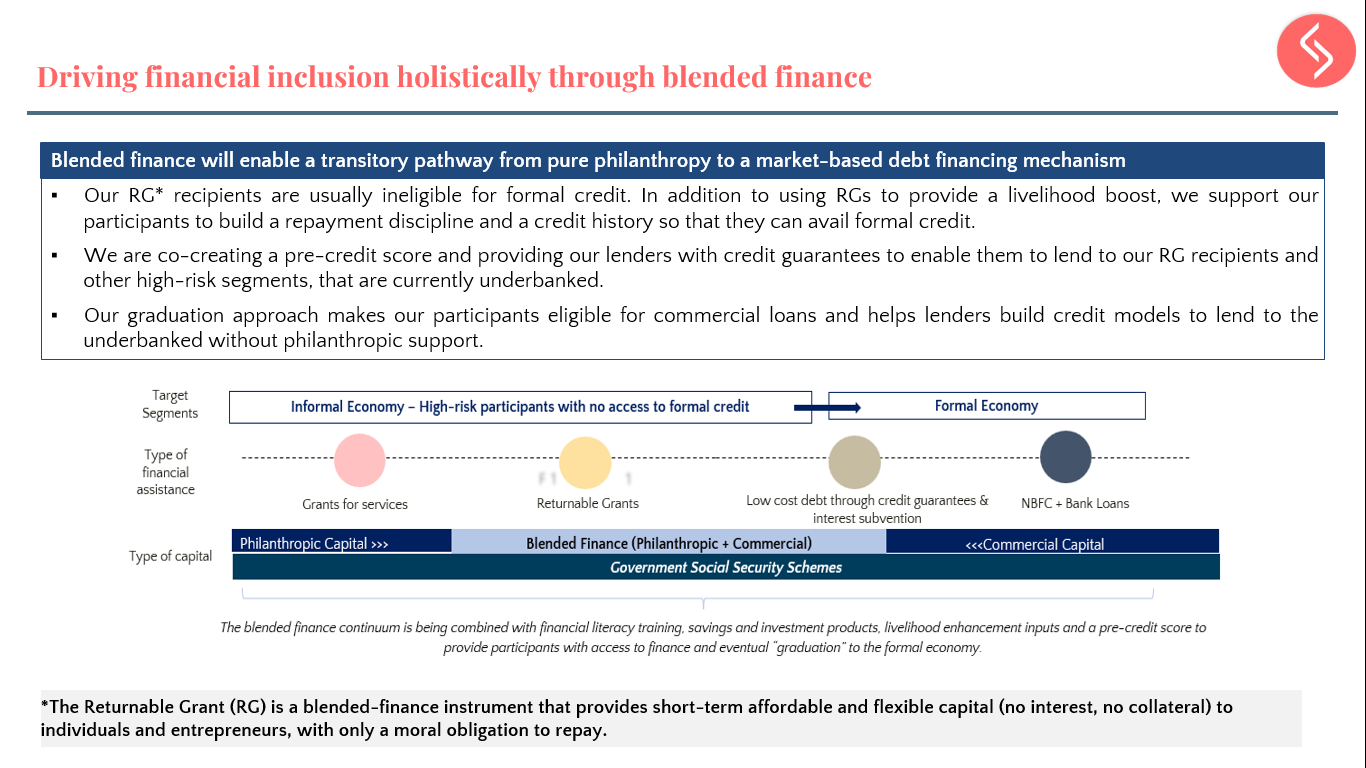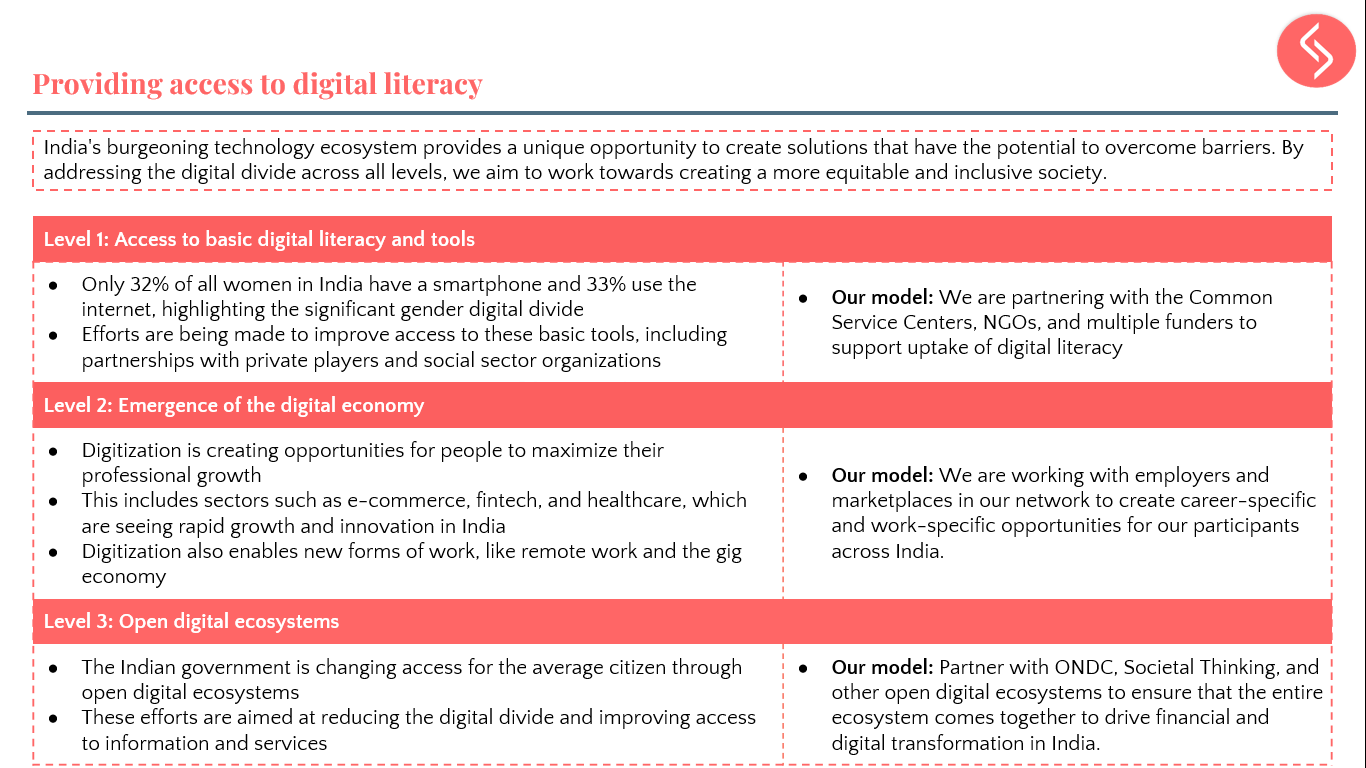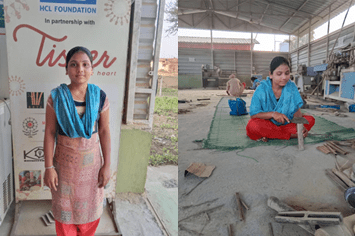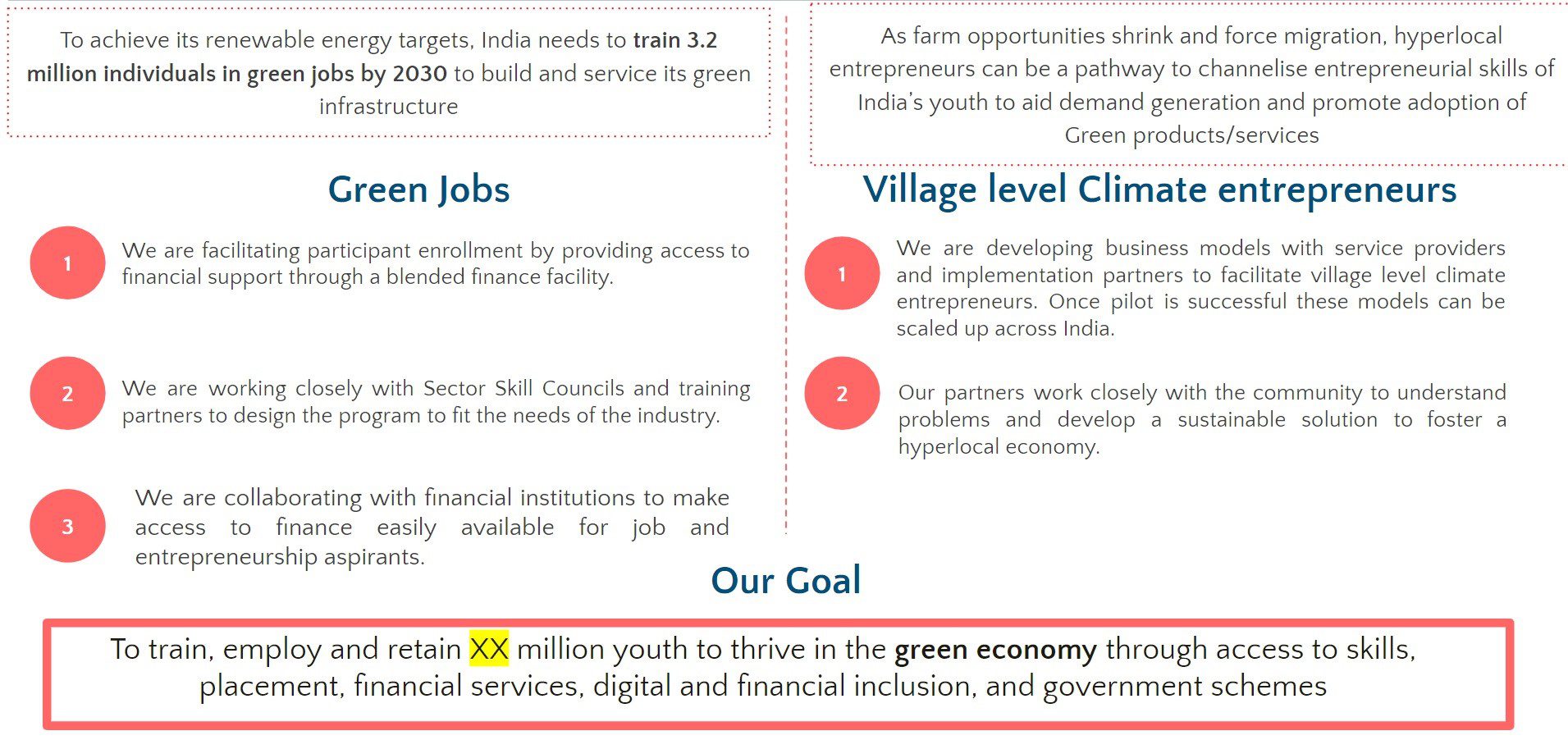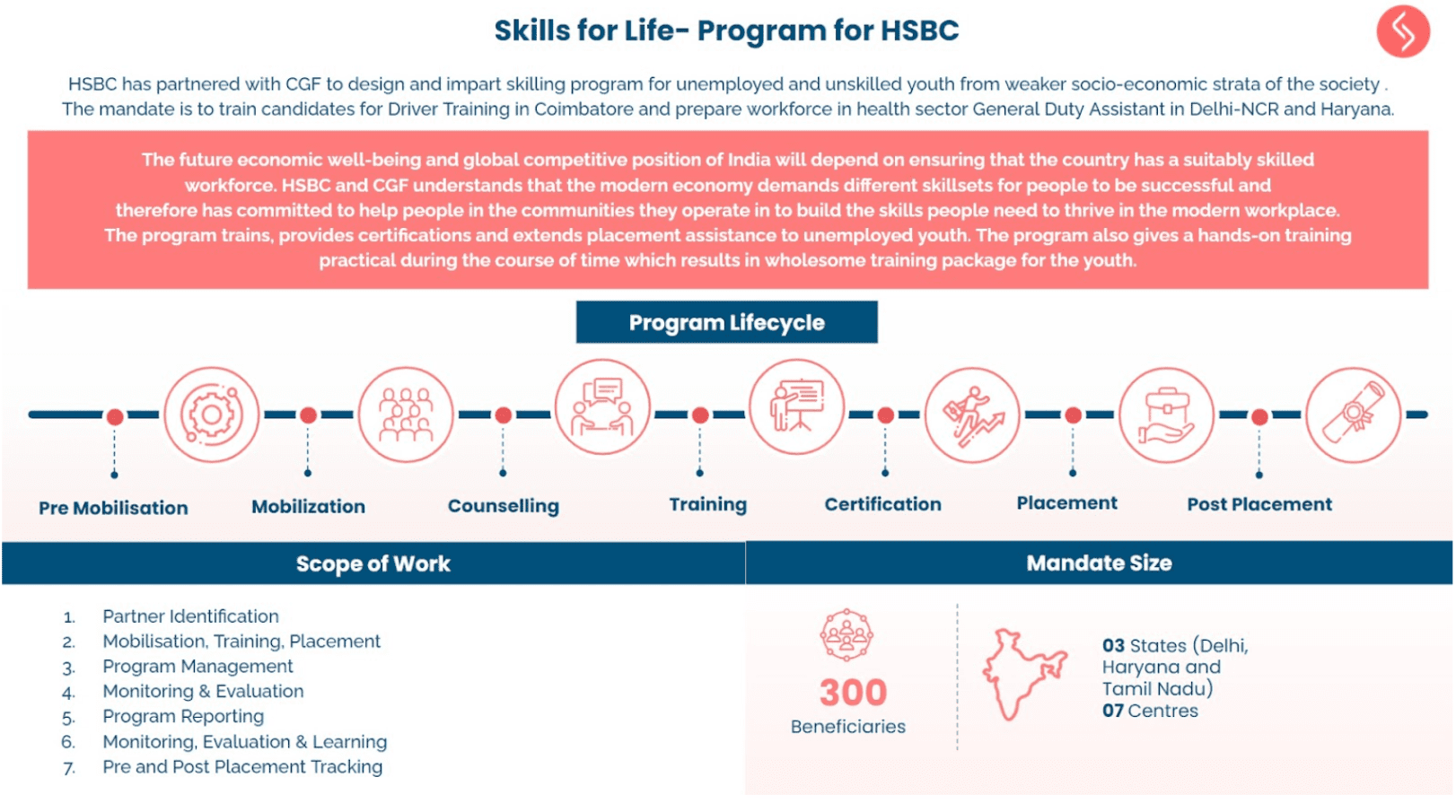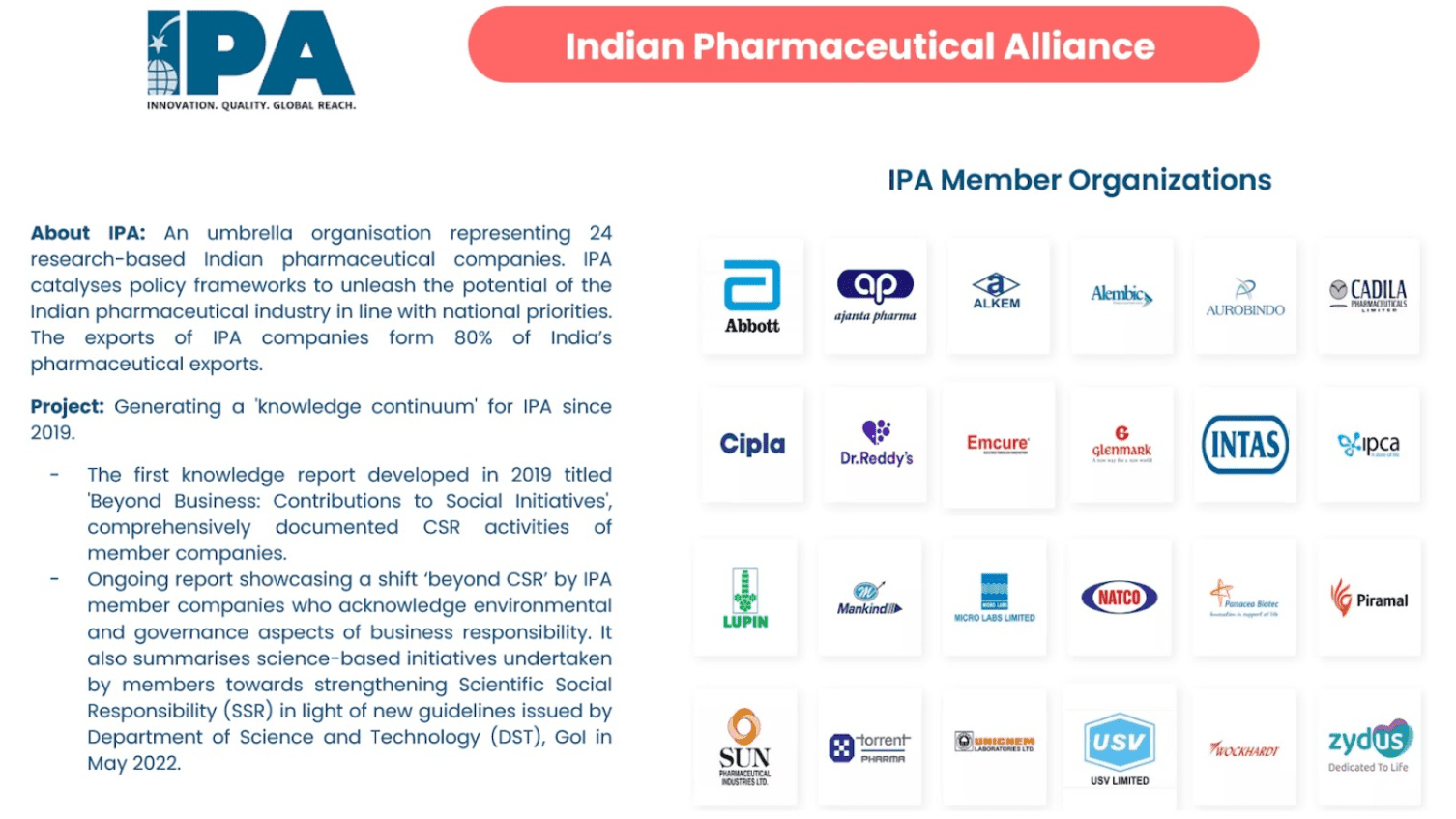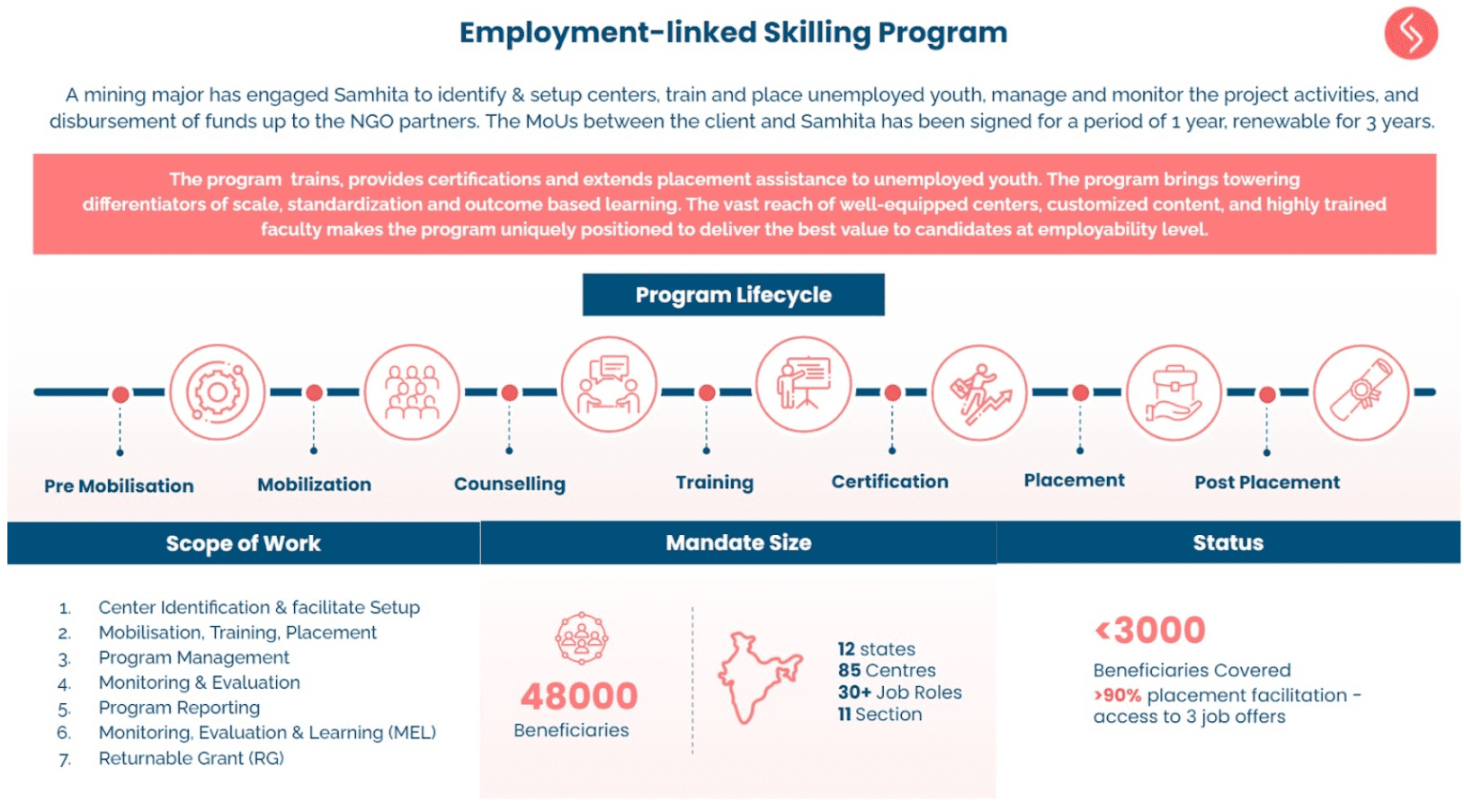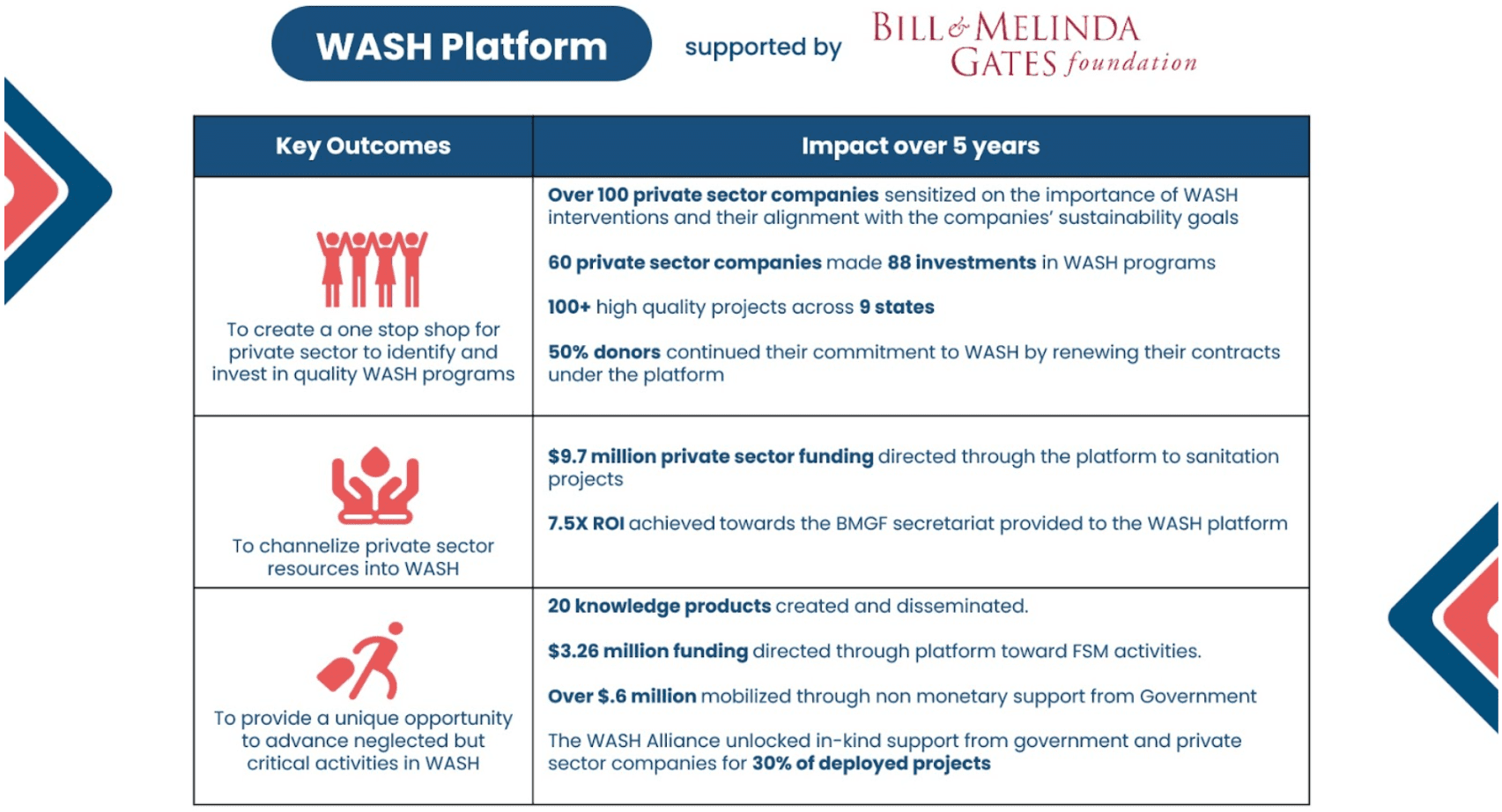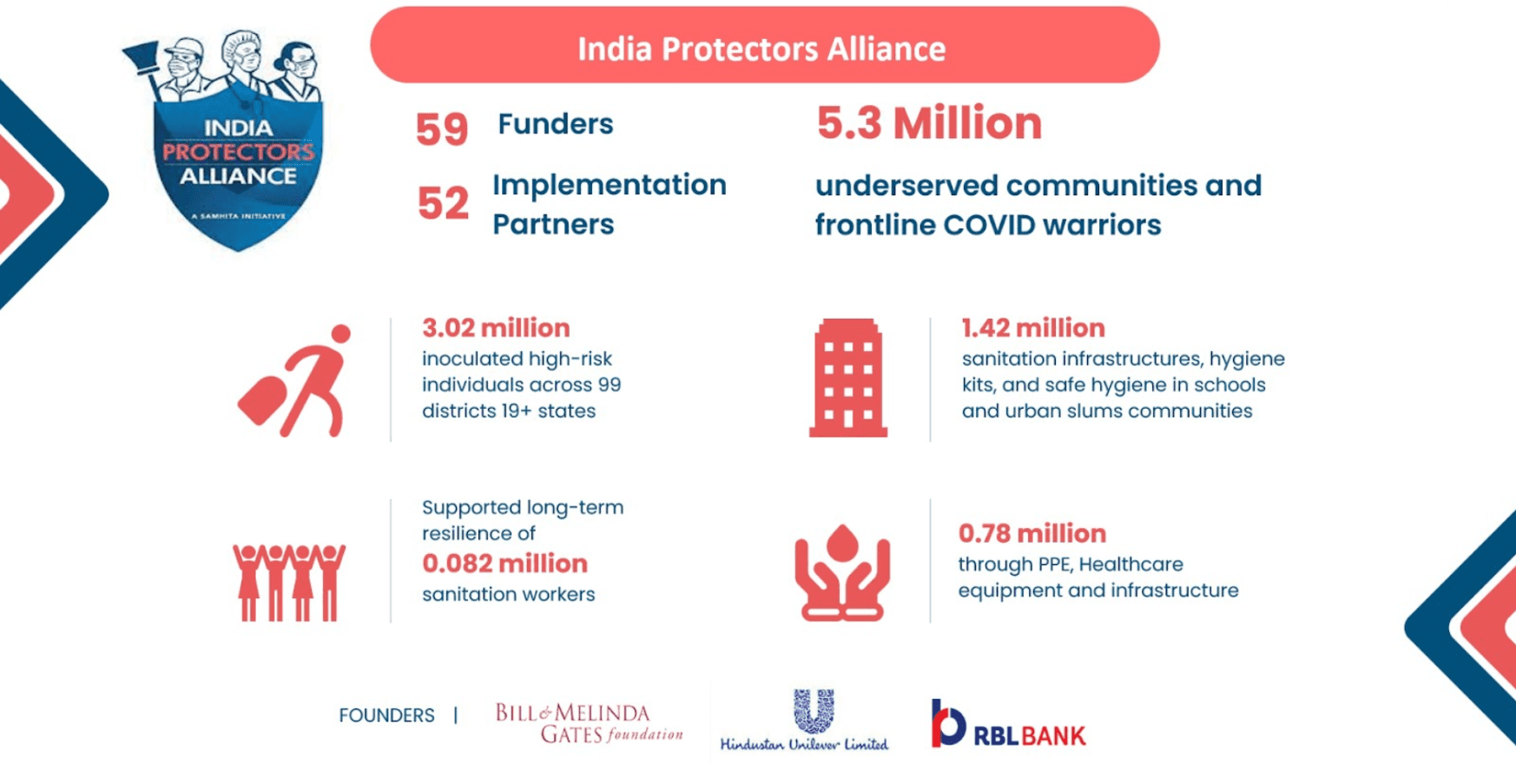Financial literacy has long been recognized as a key driver of economic growth and prosperity. This blog delves into the urgent requirement for financial literacy programs in India, especially in the backdrop of remarkable economic progress. Despite the broader accessibility of financial services, a substantial portion of the population lacks fundamental financial knowledge. The blog underscores how these programs can empower women, stimulate entrepreneurship, mitigate debt-related pitfalls, and contribute to economic advancement. It also examines the difficulties encountered by smaller-scale initiatives and draws valuable insights from REVIVE’s endeavors in promoting comprehensive financial empowerment.
THE NEED FOR FINANCIAL LITERACY INITIATIVES IN INDIA
India’s financial system combines formal and informal elements, yet a significant portion of the population lacks basic financial access despite impressive economic growth. India has made notable progress in improving financial inclusion, leading to the creation of millions of new bank accounts. However, mere access to financial services falls short. Often overlooked is the essential aspect of financial literacy, with a substantial portion of the population lacking even a basic understanding of the financial system.
- Empowering Women: Women in India often play a pivotal role in managing the household budget and making financial decisions. Equipping them with financial literacy tools is crucial as it empowers them to make informed choices, not only about daily expenses but also about savings and investments. This, in turn, can lead to greater financial security for their families.
- Fostering Entrepreneurship: Financial literacy is a powerful tool for promoting entrepreneurship, particularly among women. When women entrepreneurs have access to foundational financial knowledge and are provided with small-scale business opportunities, they can create a significant impact on their families and communities. This can lead to economic growth and poverty reduction on a larger scale.
- Avoiding Debt Traps: Lack of financial literacy often leads individuals to make poor financial decisions, such as taking on high-interest loans or falling prey to unscrupulous financial practices. With better financial education, people are more likely to make sound financial choices, thus avoiding debt traps and financial distress.
- Enhancing Economic Growth: A financially literate population is better equipped to contribute to the overall economic growth of the country. When people understand the importance of saving, investing, and responsible financial management, they are more likely to participate in the formal economy, leading to increased economic stability and development.
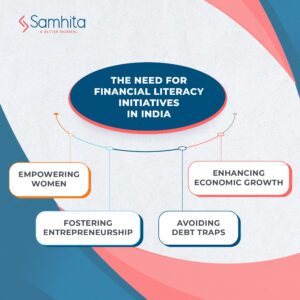
CHALLENGES ENCOUNTERED BY FINANCIAL LITERACY INITIATIVES ON A SMALL SCALE
Small-scale financial literacy projects in India encounter a multitude of challenges that can hinder their mission to empower individuals with essential financial knowledge. These challenges include:
- Limited Funding: Securing adequate financial resources to sustain and expand their initiatives is a constant struggle. Small projects often rely on donations, grants, or volunteer efforts, making it challenging to maintain consistent operations.
- Lack of Awareness: Many small-scale projects struggle to reach their target audience due to limited marketing budgets. Building awareness about the importance of financial literacy and the availability of these programs is a significant hurdle.
- Behavioral Change: Encouraging individuals to adopt better financial practices and break existing habits is complex and time-consuming. It requires ongoing support and reinforcement.
- Evaluation and Impact Measurement: Demonstrating the tangible impact of financial literacy programs is crucial for securing future funding and expanding the reach, but it can be resource-intensive.
- Scalability: Expanding their initiatives to serve more people is a goal for most small projects, but scaling up while maintaining quality and impact is a delicate balancing act.

REVIVE’S LESSONS FOR INCLUSIVE FINANCIAL EMPOWERMENT
REVIVE’s commitment to empowering small-scale projects through transformative initiatives for financial inclusion and literacy has undoubtedly yielded valuable lessons that can be applied to drive larger-scale development. Here are some key lessons that can be drawn from REVIVE’s efforts:
- Localized Strategies: Recognizing the diversity of India, these projects emphasize the need for localized strategies and language-specific materials to effectively reach all segments of the population.
- Partnerships: Collaborations with local NGOs, government agencies, and financial institutions enhance the reach and impact of these projects.
- Technology Integration: Leveraging technology, such as mobile banking and digital financial tools, can greatly enhance financial literacy efforts, particularly in remote areas.
- Long-Term Commitment: Sustainable change requires a long-term commitment. These projects emphasize ongoing support and follow-up to ensure that financial literacy gains are retained and utilized.
Small-scale financial literacy initiatives are serving as a cornerstone in the empowerment of individuals, with a particular focus on women and communities across India. These projects are actively tackling the obstacles associated with financial literacy and offering tailored education and resources, ultimately making significant contributions to broader development and transformation efforts.





















